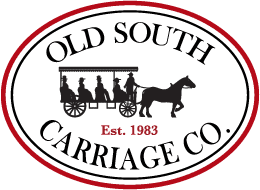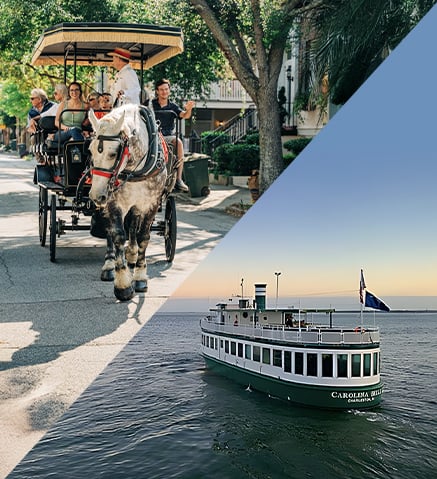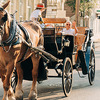Planning a Trip to Charleston: What to Know Before You Go
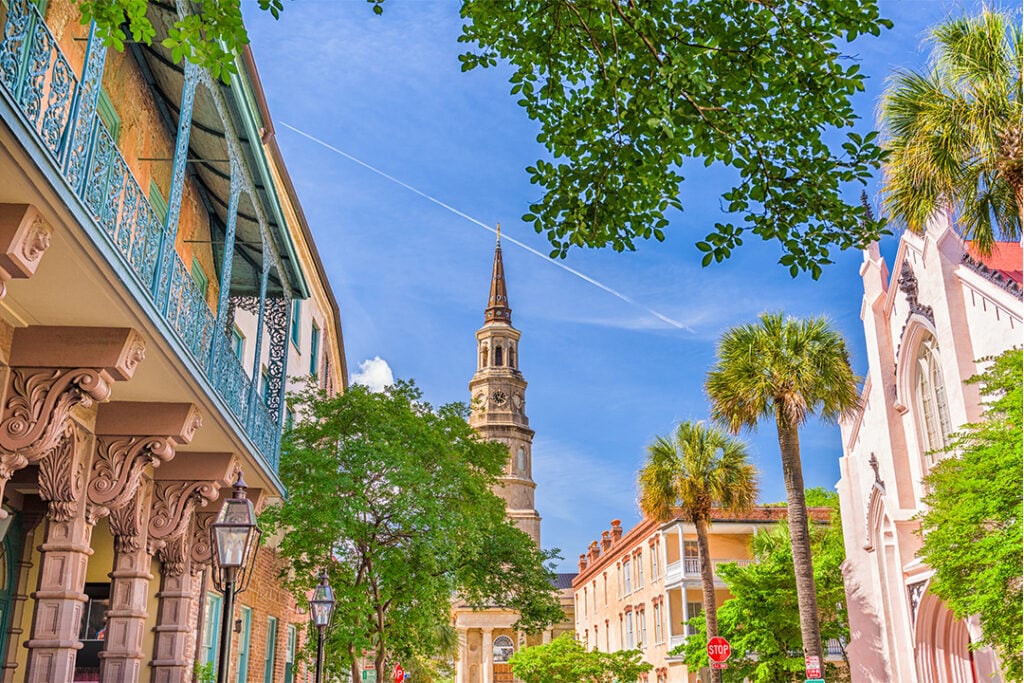
Often called the most charming city in America, Charleston is a true Southern gem: elegant, historic, and delightfully complex. While you’ve likely researched our gorgeous architecture, world-class restaurants, and stunning waterfront, there are a few local quirks and practical considerations that can elevate your first visit from great to absolutely unforgettable.
As lifelong Charlestonians (or at least, long-time tour guides!), we’re here to give you the inside scoop on everything from when to visit and where to park your car (or if you even need one!) to navigating our unique local customs.
Ready to start your adventure with local insight? Dive into this insider’s guide to planning your ideal vacation in Charleston.
Before You Book

Before you lock in flights and hotels, remember that Charleston is a popular destination year-round. Don’t wait until the last minute for these essentials:
- Carriage Tour Tickets: Our Historic Charleston Carriage Tours and Haunted Carriage Tours sell out, especially during peak season and holidays. Book your spot with Old South Carriage Co. now to guarantee your preferred time slot.
- Prime Dinner Reservations: Restaurants on the peninsula, particularly those with James Beard accolades, require booking 30–60 days ahead for prime-time weekend slots.
- Historic House Museum Tours: Preserved by the Historic Charleston Foundation, Charleston's most famous historic homes like the Nathaniel Russell House or the Aiken-Rhett House operate on timed-entry tours. Book at least a few days ahead before your visit. Prime time slots sell out completely during peak season.
Best Time to Visit (and When to Avoid the Heat)
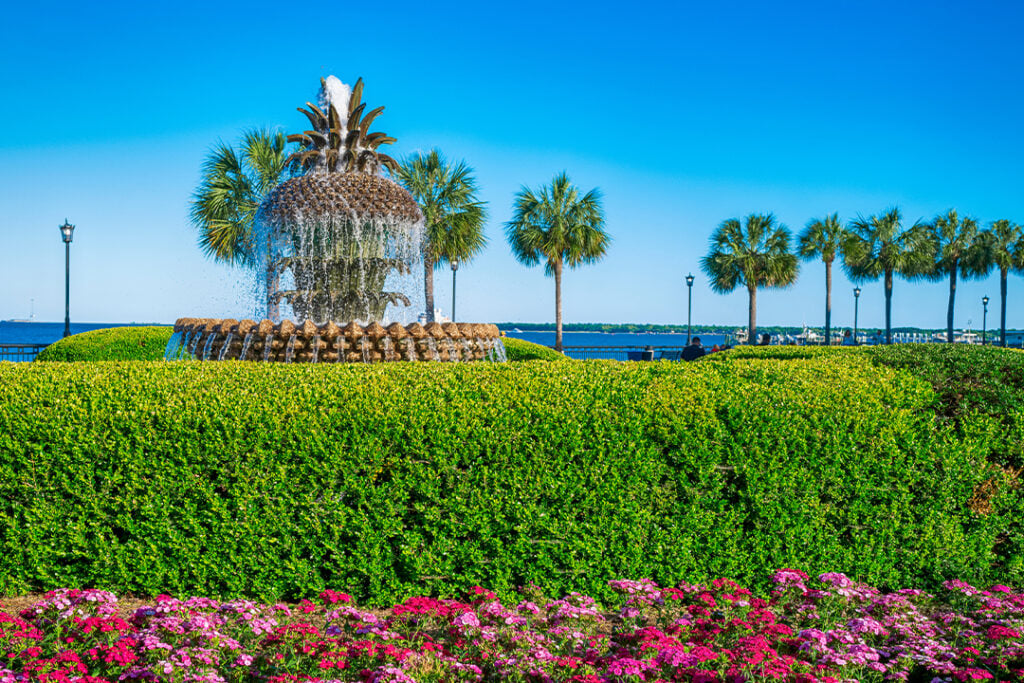
Ask any local, and they’ll tell you our city truly shines in the shoulder seasons: Late March–May and October–November. The weather is divine, the azaleas are in bloom in the spring, and the crowds are slightly more manageable than the height of summer.
But every season has its charm! To help you choose, here is a quick overview of what you can expect throughout the year:
| Season | Avg. Temps (°F) | Humidity | Crowds | Prices | Why Go |
| Spring (Mar–May) | 60s–70s | Low/Moderate | High | High | Perfect weather, glorious gardens, festival season (e.g., Spoleto). |
| Summer (Jun–Aug) | 80s–90s | High | High | High | Beach season, vibrant energy, and long, lazy days. Best for water activities. |
| Fall (Sep–Nov) | 60s–70s | Low/Moderate | Moderate | Moderate | Crisp air, beautiful sunsets, ideal walking and touring weather. |
| Winter (Dec–Feb) | 40s–50s | Low | Low | Low (except the week of Christmas - New Years) | Cozy atmosphere, easy restaurant reservations, and stunning holiday decorations. |
A Note on Weather, Heat, and Hurricanes
The Heat and Humidity: Charleston’s summer heat is not for the faint of heart. From mid-June to early September, the air is thick with humidity. If you visit then, plan your outdoor sightseeing (like our carriage tours or walking tours) for the mornings and late afternoons. Hydration is non-negotiable!
Hurricane Season: The Atlantic hurricane season officially runs from June 1st to November 30th, with the highest activity usually in August and September. While a direct hit is rare, coastal South Carolina is always susceptible. If you plan to visit during this time, we strongly recommend purchasing travel insurance. The silver lining? September is often a lovely month with lower crowds and the added bonus of often being considered a transitional period between summer and fall.
Event Spikes: Always check the calendar for major events like the Cooper River Bridge Run (spring), the Chareston Festival (spring), the Spoleto Festival USA (late May/early June), the Charleston Wine + Food Festival (March), and The Preservation Society of Charleston's Annual Fall Tours (October). These events dramatically increase hotel rates and make restaurant reservations nearly impossible without booking months ahead.
Where to Stay: Neighborhoods & Why
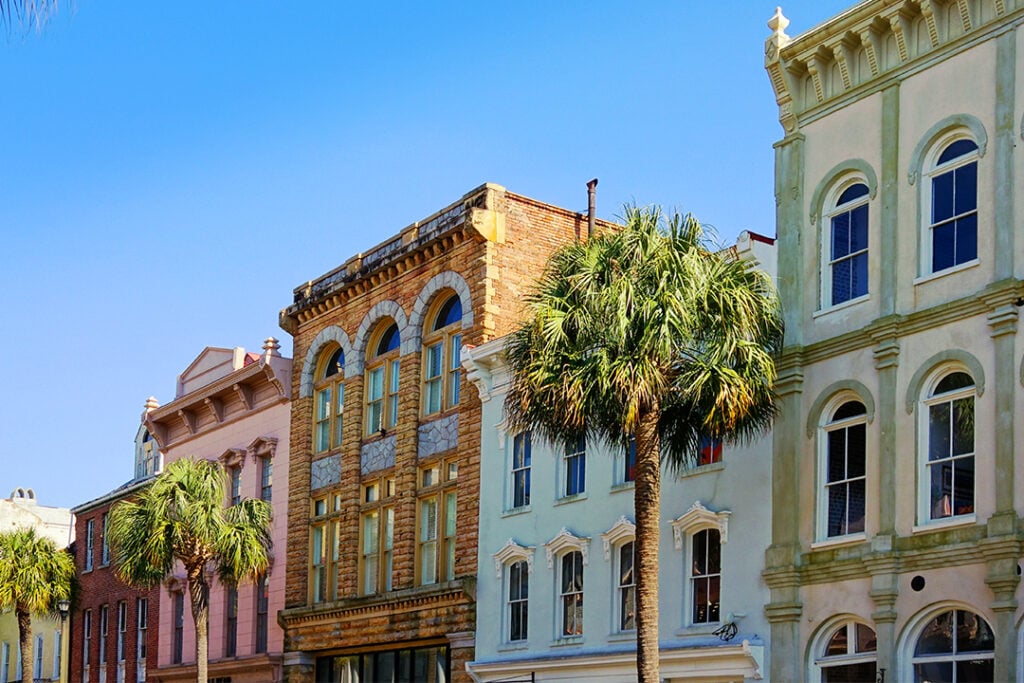
Charleston’s accommodations range from grand, historic inns to chic, modern boutique hotels. Downtown Charleston (the Peninsula) is highly walkable, but each district offers a distinctly different vibe.
Quick Overview of Charleston Districts
- French Quarter & South of Broad (The Historic Heart): This is where you’ll find Rainbow Row, The Battery, and most of the iconic historic landmarks. It’s quiet, residential, and steeped in elegance. Hotels here are typically high-end, boutique, and offer the most quintessential Charleston experience.
- King Street (Shopping & Dining): The pulse of the city! Upper King Street has become Charleston’s culinary hotspot, while Lower King Street is famous for antiques and boutiques. Staying here means you’re steps from the best bars and restaurants. It can be a little noisier than the French Quarter.
- Harleston Village (Quirky & Local): Located near the College of Charleston, this area offers a slightly more bohemian, quieter atmosphere than King Street. It’s still central and walkable to everything.
- The Neck (Budget-Friendly/Modern): The areas just north of the historic district (often referred to as “NoMo” or North Morrison) have seen an explosion of modern development. Hotels here are newer and often more affordable, but you’ll typically need a short Uber/cab ride or a long walk to get to The Battery.
| Area | Vibe & Appeal | Parking Reality | Average Rates |
| French Quarter | Quiet, elegant, historic, close to The Battery and museums. | Very limited, often only valet parking at high daily fees ($35–$50). | High-End |
| Lower King St. | Central, excellent shopping, close to the Market and waterfront. | Requires hotel valet or finding a city garage. Daily fees are standard. | Mid-High |
| Upper King St. | Nightlife, best dining, lively, more modern hotel options. | Slightly more public parking options, but hotel fees are still the norm. | Mid-Range |
| North/“The Neck” | New construction, modern amenities, close to breweries/distilleries. | Often includes on-site garage parking; short Uber ride to downtown. | Value/Mid-Range |
Getting Around: Do You Need a Car?
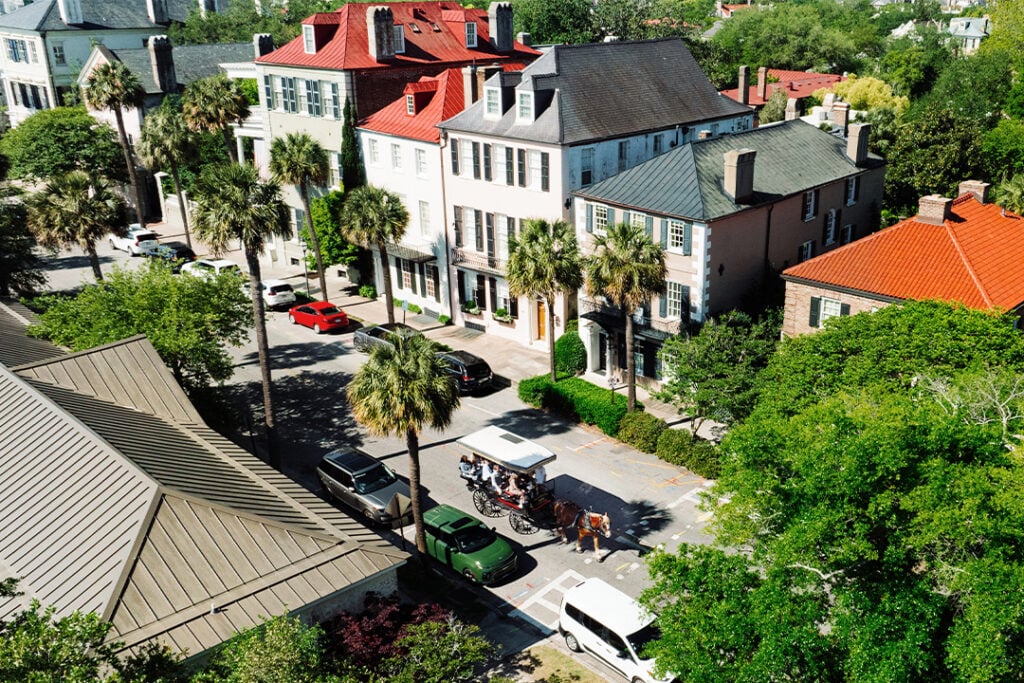
This is one of the most common questions we hear, and the answer is usually no!
The historic Charleston peninsula is remarkably flat and compact, making it an absolute paradise for walkers. You can easily walk from our barn on Anson Street down to The Battery in about 20 minutes, passing hundreds of historic sites along the way.
Walkability is King (Street): If you plan to spend the majority of your time on the peninsula (downtown), your two feet are your best mode of transportation. Relying on walking saves you the hassle and high cost of downtown parking (which can range from $20 to $50 a day at hotels).
Free and Low-Cost Transit:
- The DASH Trolley: The city operates the free Downtown Area Shuttle (DASH), which runs three convenient routes (Orange, Green, and Blue) connecting major parking garages, shopping areas, and landmarks. If you get tired of walking, the DASH is a fantastic, free option.
- Rideshares & Taxis: Uber and Lyft are plentiful downtown, especially near the hotels and King Street.
- Petticabs: These bicycle taxis are a fun, quick way to travel short distances within the historic district, and a great way to support local entrepreneurs (always negotiate the fare before you ride!).
And of course... Our Carriages!
A carriage tour isn't just a scenic ride; it's a vital part of understanding the city's layout and history. Think of it as your fully narrated orientation tour! We cover over 2.5 miles of the historic district and over 30 blocks, giving you a wonderful overview of the city’s complex past and helping you get your bearings for the rest of your stay.
If your trip includes excursions outside the peninsula — such as to Mount Pleasant, Folly Beach, or a plantation — you will need a car or to budget heavily for rideshares. However, for a downtown-focused trip, leave the car stress behind. will need a car or to budget heavily for rideshares. However, for a downtown-focused trip, leave the car stress behind.
What to Book in Advance (The Must-Haves)

To ensure you don’t miss out on the best of Charleston, certain attractions and experiences require reservations, sometimes weeks or even months out.
- House Museums: Iconic house tours like the Nathaniel Russell House or the Edmondston-Alston House (on The Battery) often have time-slotted tours. Booking online guarantees your entry and is highly recommended during peak season.
- Plantation Tickets: Plantations like Magnolia Plantation & Gardens or Boone Hall Plantation often require purchasing tickets for specific entry times. Always check their official sites to secure your window, especially if traveling on a weekend.
- Popular Restaurants: Charleston’s dining scene is famous. If you have your heart set on a specific, popular spot (think Husk, FIG, or The Ordinary), you need to be ready to book exactly when their reservation window opens (often 30 days out). Use apps like Resy or OpenTable and set alerts.
- Harbor Cruises: Sunset sails and nature cruises are a perfect way to experience the Lowcountry waters. Book these with Charleston Harbor Tours as soon as you have your dates locked in, especially for prime-time sunset slots. Boat and carriage tour combos are available to see the city from two very different perspectives.
Local Laws, Etiquette & Practical Smarts
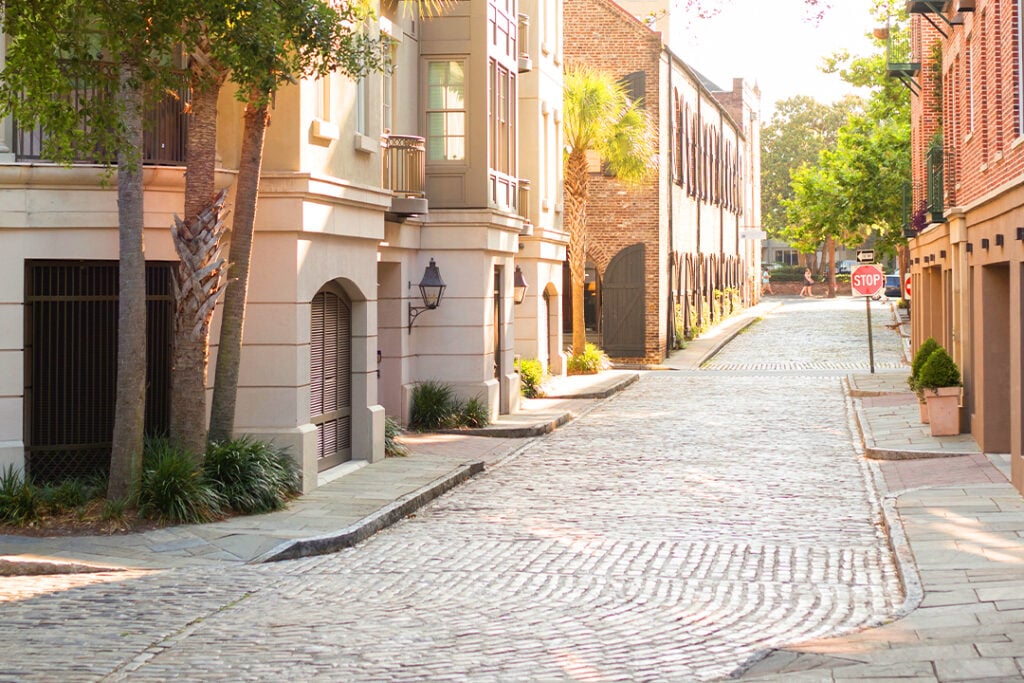
A few insider tips on navigating the local scene, delivered with Southern kindness!
Alcohol, Cannabis, and Service Hours
- Open Containers: It is illegal to walk around with an open container of alcohol in Charleston. Please keep all drinks inside the establishments!
- Bar Closing Time: In the City of Charleston, bars downtown generally close service at 2:00 AM. This is earlier than many larger cities, so plan accordingly if you are looking for late-night entertainment.
- Cannabis: Cannabis is illegal for both recreational and medicinal use in South Carolina.
Dress Norms for Dining
- Business Casual is Preferred: While Charleston is relaxed, the finer dining establishments on the peninsula still lean toward smart casual or business casual. Leave the beach shorts, tank tops, and flip-flops for your casual lunch spots. A collared shirt and slacks (or a dress/skirt) will ensure you’re comfortable at any restaurant.
The Power of the Heat Index
- Summer Caution: As mentioned, the heat index (which accounts for humidity) in summer can be dangerously high. Always check the forecast before heading out, drink water frequently, and utilize the city’s shaded parks (like Washington Square) for breaks.
- Storm Prep: If visiting during hurricane season, pay attention to local news alerts. The city is highly efficient in communication and preparation if a tropical storm is approaching.
Footwear on Cobblestones
- Save the Stilettos: Charleston’s charm comes with its quirks—namely, historic cobblestone streets (especially around the French Quarter) and uneven sidewalks. This is absolutely not the place for sharp high heels. Comfortable, low-heeled, supportive shoes are your best friend for a full day of sightseeing. Your feet will thank you!
Tipping and Sunday Quirks
- Standard Tipping: Standard American tipping norms apply: 15–20% for good service at restaurants and a few dollars per person for baggage handlers, pedicab drivers, and your wonderful carriage tour guide!
- Sunday Hours: While most of King Street and major attractions are open, you may find that smaller, independently-owned shops and some businesses on the side streets maintain abbreviated or closed hours on Sunday, especially in the more residential areas.
Packing List: The Essentials
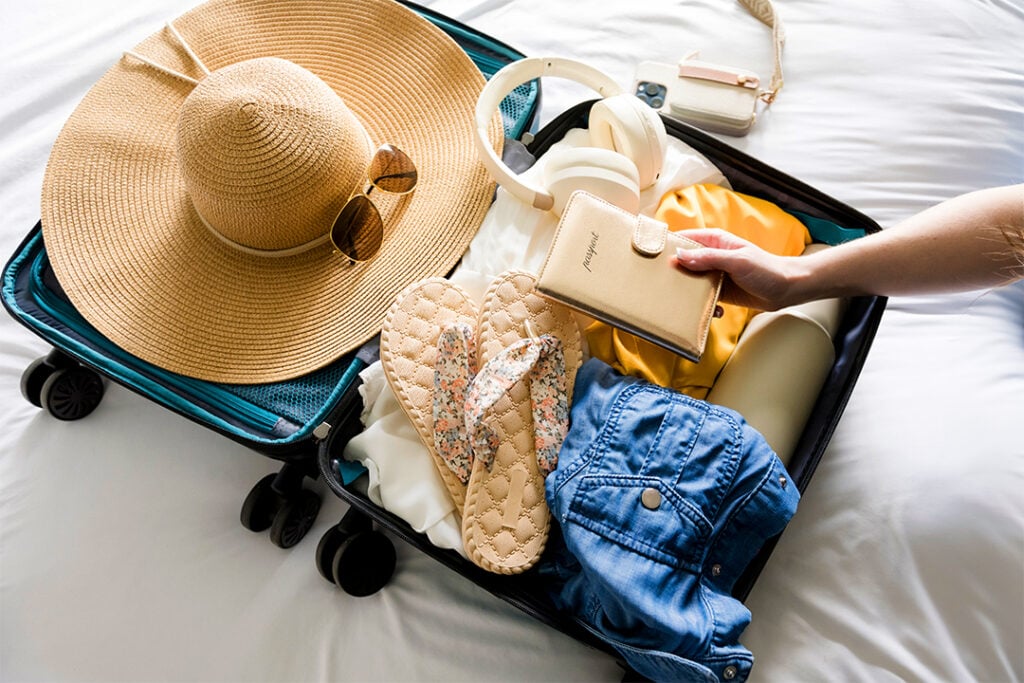
Year-Round Essentials
- Comfortable Walking Shoes: This is number one! A pair of stylish, but comfortable, shoes (think loafers, low-top sneakers, or walking sandals) will save your feet.
- Layers: Even in the height of summer, restaurant A/C can be aggressive. Always pack a light cardigan, shawl, or jacket.
- Sun Protection: Sunglasses, a wide-brimmed hat, and broad-spectrum sunscreen are necessary regardless of the season.
Summer Adds (June–September)
- Moisture-Wicking Fabrics: Leave the heavy denim at home. Light, airy, and moisture-wicking materials (linen, light cotton, and performance blends) are your friend against the humidity.
- Bug Spray: Especially if you plan on visiting the plantations or spending evenings near the water, mosquito repellent is recommended.
Winter/Spring Adds (November–March)
- Light Jacket or Trench Coat: Winters are mild but can be chilly and damp. A medium-weight jacket is usually sufficient.
- Umbrella: Charleston gets quick, intermittent rain showers, particularly in the spring. A compact umbrella is a smart addition to your day bag.
FAQs: Your Quick Answers
What is the best month to visit? April and October offer the best combination of comfortable weather, beautiful scenery, and lots of events to choose from.
Do I need a car? No, if you are staying and touring only on the historic peninsula. Yes, if you plan to visit the beaches, plantations, or other areas outside of downtown.
Where should first-timers stay in Downtown Charleston? First-timers should stay in or near the Lower King Street or French Quarter areas to be within easy walking distance of The Battery, Rainbow Row, and the City Market.
How many days should I stay in Charleston? A three-day, two-night long weekend allows you enough time to see the major downtown attractions, take a carriage tour, and enjoy two excellent dinners. A four-day trip allows for an excursion to a nearby beach or plantation.
What should I book in advance? Always book your Old South Carriage Tour, and prime-time dinner reservations at least a month in advance, especially during the spring and fall.
Is hurricane season a concern? Hurricane season runs from June to November. While serious storms are rare, you should consider purchasing travel insurance if visiting during August or September, the months with the highest statistical activity.
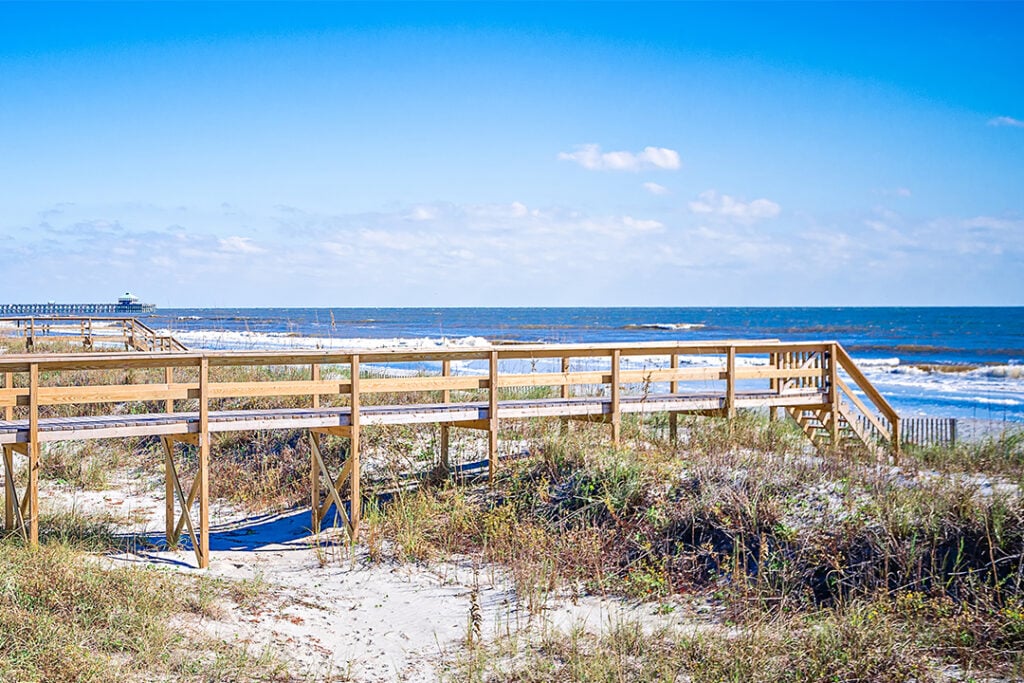
We hope this local guide has given you the confidence to start your Charleston adventure. We can’t wait to welcome you to the Holy City and hope to see you soon on a beautiful horse-drawn carriage. Safe travels!
